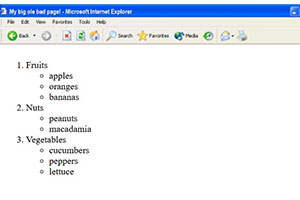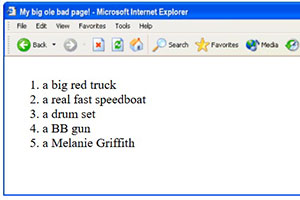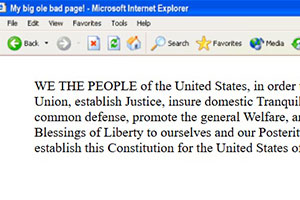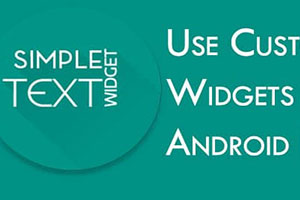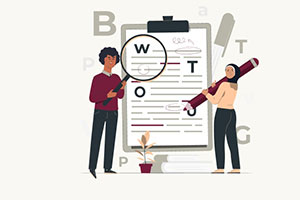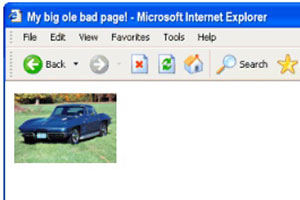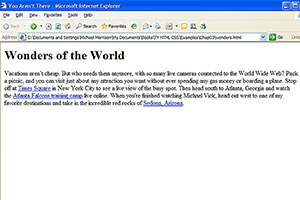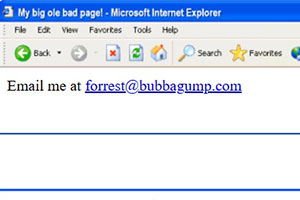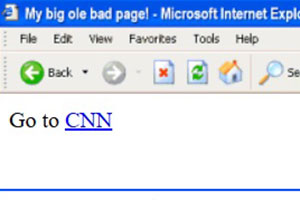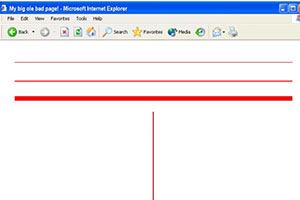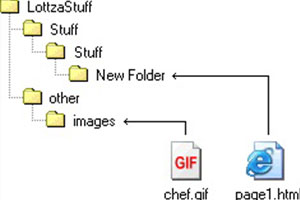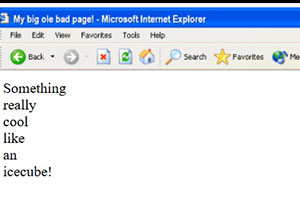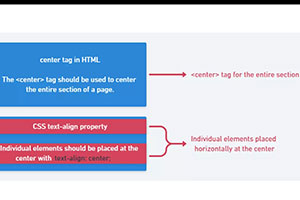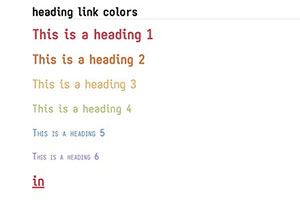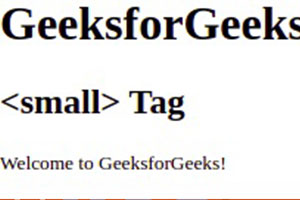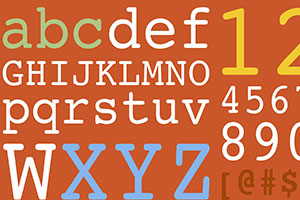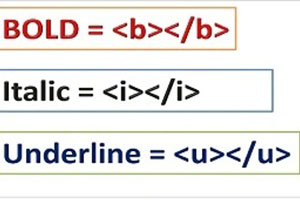CSS Tutor
SITE MAP | by
Hello there! My name is Joe  and I'm going to teach you a little about CSS(Cascading Style Sheets). CSS is simply another method to control the appearance of a web page and having basic CSS skills in your toolbox is a definite plus.
and I'm going to teach you a little about CSS(Cascading Style Sheets). CSS is simply another method to control the appearance of a web page and having basic CSS skills in your toolbox is a definite plus.
This tutorial is not an attempt to teach you all the ins and outs of style sheets, it's not going to make you an expert on them at by any means. What it will do is give you enough skill to start using them in your web pages. Once you have a foothold, you can expand your knowledge and skill on your own. You'll find that once you learn how to use style sheets, you'll use them quite often.
The first order of business is to have a good reference. Included with this tutorial is a very good CSS reference from the Web Design Group (my thanks to WDG for making this reference available for re-distribution). You can get to this reference by clicking the CSS Reference link near the bottom of every page in this tutorial.
The second order of business is to simplify our thinking. You know how the "birds and the bees" has nothing to do with birds, and barely anything to do with bees? Well, for now, regarding Cascading Style Sheets... forget about "Cascading" and forget about "Sheets". "Style" is the only term that is remotely useful to most of us. In the past you may have looked at some of this style sheet stuff and found yourself instantly confused. Well, forget about that. Style sheets is a little dog that makes a lot of noise... nothing more. In other words... as far as the basics, there ain't all that much to it.
Two more important points before we begin...
- You should have at least a modest working knowledge of basic HTML. Trying to learn this stuff without any HTML skill is really putting the cart before the horse. You probably won't get very far. If you need basic HTML training, go here first.
- You should USE A TEXT EDITOR (or text based editor). Forget about Front Page, Dreamweaver, MSWord or Fredo's Monster Page Masher. Some time in the future if you really want to use one of those programs, you can wrestle with it then. For now, use a text editor! If you're curious, I'm using NoteTab Pro to write this tutorial and all the examples. The author also offers a freeware version, Notetab Light, that is nearly as useful and powerful as the Pro version. I VERY strongly recommend you grab yourself a copy.)
The last thing I want to mention before we get started is your web browser. In order to go through these lessons you'll need a 4x or greater version of Internet Explorer or Netscape. There are other browsers that are CSS-capable, but those are the most common. If this sentence is red then your browser is just fine.
